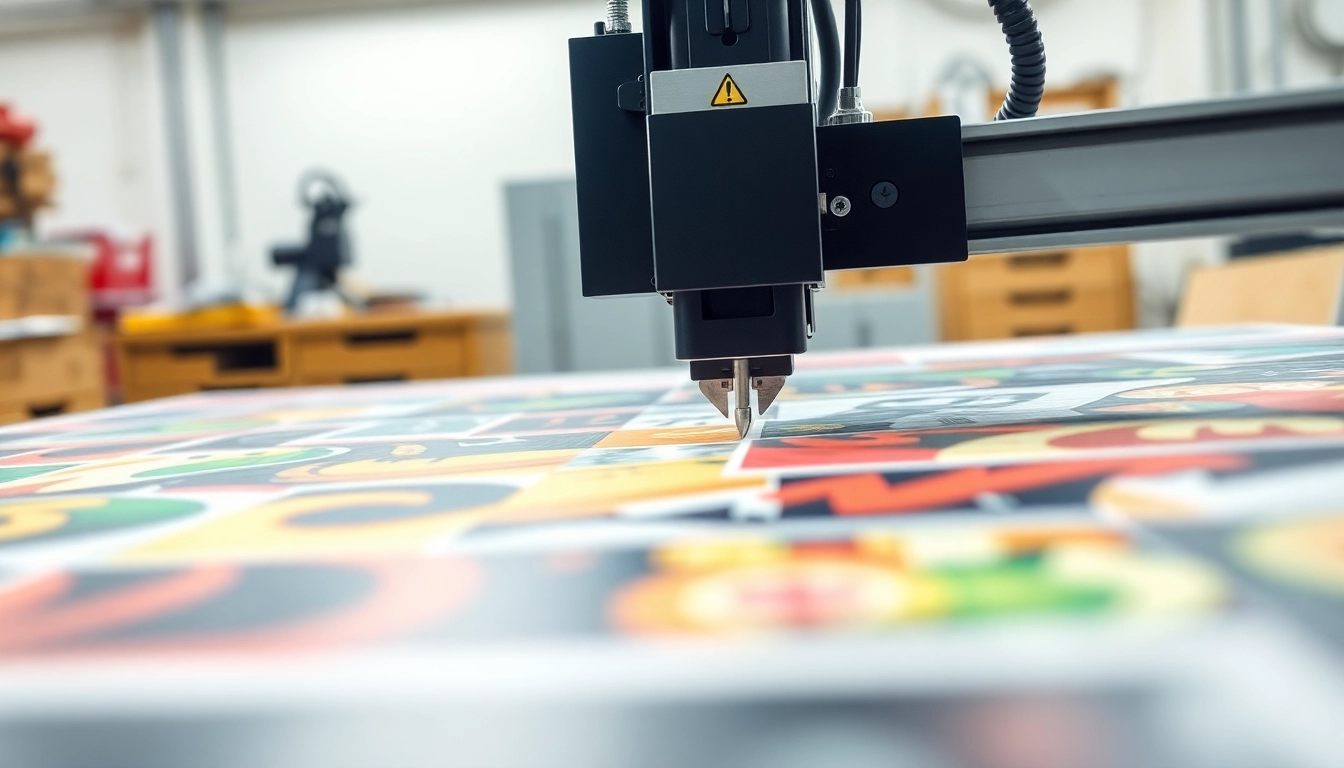Introduction to Hydrogen Bromide Monitors
In industrial environments where chemicals are used and processed, safety is of paramount importance. One crucial chemical to monitor is hydrogen bromide (HBr), a highly corrosive and toxic gas that poses significant risks to human health and the environment. Therefore, implementing a Hydrogen Bromide monitor is essential for ensuring safety and compliance. This article delves into the importance, functionality, and best practices associated with hydrogen bromide monitors so that stakeholders can make informed decisions about their usage.
What is a Hydrogen Bromide Monitor?
A hydrogen bromide monitor is a specialized device designed to detect and measure the concentration of hydrogen bromide gas in the atmosphere. These monitors deploy various detection technologies, including electrochemical sensors, infrared sensors, and photoionization detectors, to provide real-time data on HBr levels. The primary goal of these monitors is to alert personnel and management if HBr concentrations exceed safe thresholds, thereby preventing exposure and ensuring a safe working environment.
Why Monitoring Hydrogen Bromide is Crucial
Hydrogen bromide is identified as a hazardous material due to its potential to cause severe health problems upon exposure, including respiratory distress, skin irritation, and eye damage. Additionally, HBr can react with moisture in the air to form acidic solutions, exacerbating its corrosiveness. For industries that utilize bromine compounds, such as pharmaceuticals, chemical manufacturing, and oil refining, continuous monitoring of hydrogen bromide levels is crucial for:
- Ensuring worker safety by preventing harmful exposure.
- Complying with local and international regulations regarding air quality and toxic substances.
- Protecting equipment and infrastructure from corrosive damage, thereby extending their lifespan.
- Avoiding costly operational disruptions and legal repercussions associated with non-compliance.
Common Applications and Industries
Hydrogen bromide monitoring is integral across various industries. Common applications include:
- Chemical Manufacturing: HBr is commonly produced during bromine synthesis and is used in creating pharmaceuticals, flame retardants, and agricultural chemicals. Monitoring is vital for ensuring safe practices at production sites.
- Oil and Gas: In oil refining, hydrogen bromide may be generated during the processing of hydrocarbons. Its monitoring helps prevent accidental releases that could lead to workplace hazards.
- Laboratories: Research facilities that study chemical reactions involving bromine compounds must have robust monitoring systems in place to ensure a safe working environment for researchers.
- Waste Management: Industries dealing with the disposal of brominated waste products require monitoring technologies to identify hazardous releases during incineration or chemical treatments.
Key Features of Hydrogen Bromide Monitors
Essential Functionalities
The effectiveness of hydrogen bromide monitors varies based on several essential functionalities:
- Real-Time Detection: High-quality monitors provide continuous readings, allowing for immediate reaction to increasing concentrations.
- Alarm Systems: Most devices feature visual and audible alarms to alert staff as soon as the monitored levels reach predefined thresholds.
- Data Logging: Advanced models can record data over time, enabling trend analysis and easier compliance reporting.
- Remote Access and Notifications: Many modern monitors offer remote monitoring capabilities, allowing safety managers to receive alerts and access data via mobile devices or computers.
User-Friendly Design Elements
Hydrogen bromide monitors should be designed with the end-user in mind. User-friendly features may include:
- Intuitive Interface: Clear displays and easily navigable menus help users understand readings quickly.
- Portable Options: Some monitors are lightweight and battery-operated, making them suitable for site surveys or inspections.
- Sensor Accessibility: Easy access to replace or calibrate sensors minimizes downtime and reduces operational costs.
Technological Innovations in Monitoring
Ongoing advancements in sensor technology are enhancing the performance of hydrogen bromide monitors. Recent innovations include:
- Miniaturized Sensors: These allow for compact, efficient designs without compromising sensitivity or accuracy.
- Integration with IoT: Internet of Things (IoT) capabilities facilitate smart monitoring and data analytics, providing managers with deeper insights into air quality trends.
- Enhanced Sensitivity: New detection methods and materials have improved the sensitivity of monitors, enabling them to detect even trace amounts of HBr.
Installation and Calibration of Hydrogen Bromide Monitors
Step-by-Step Installation Guide
Installing hydrogen bromide monitors should be done methodically to ensure accuracy and optimal performance:
- Select Location: Choose areas where hydrogen bromide is likely to be present, such as near vents, storage areas, or processing equipment.
- Mount the Device: Follow the manufacturer’s guidelines for mounting height and angle to maximize detection capabilities.
- Connect Power and Integration: Implement power connections and wireless integration where applicable to ensure continuous operation.
- Testing: After installation, conduct initial tests to confirm functionality and calibration.
Calibration Best Practices
Calibration is critical for maintaining the accuracy of hydrogen bromide monitors. Best practices include:
- Regular Calibration Frequency: Adhere to the manufacturer’s recommended calibration schedule, which is typically every six months to a year.
- Use Calibration Gases: Employ high-purity hydrogen bromide calibration gases to ensure precision in readings.
- Document Calibration Records: Maintain meticulous records of all calibration activities for regulatory compliance and reference.
Common Installation Challenges
While installing hydrogen bromide monitors, several challenges may arise:
- Ambient Conditions: Factors such as temperature, humidity, and air flow can affect monitor performance. Ensure placements take these conditions into account.
- Interference from Other Gases: Other chemicals present in the environment may cause interference. Choose monitors capable of distinguishing HBr from similar compounds.
- Power Supply Issues: Ensure robust electrical connections to avoid power failure, especially in remote locations.
Maintenance of Hydrogen Bromide Monitors
Routine Maintenance Practices
To ensure hydrogen bromide monitors function effectively, regular maintenance is essential. Recommended practices include:
- Visual Inspections: Conduct routine checks for physical damage or obstruction of sensor parts.
- Functional Testing: Regularly test the alarms and output signals to ensure they are operational.
- Battery Replacement: Check battery levels (if applicable), replacing them as necessary to avoid unexpected downtimes.
Signs That Maintenance is Required
Recognizing when maintenance is needed can prevent costly issues down the line. Signs to watch for include:
- Inconsistent readings that fluctuate unexpectedly.
- Frequent alarm activations without substantial increases in HBr levels.
- Physical signs of wear or damage on the monitor.
Extending the Lifespan of Your Monitor
To maximize the longevity and effectiveness of hydrogen bromide monitors, consider these strategies:
- Regular Calibration: As noted, regular calibration is vital for maintaining accuracy.
- Environmental Controls: Implement controls to mitigate temperature and humidity extremes where monitors are installed.
- Training Staff: Ensure personnel are trained in proper use and maintenance to avoid misuse and damage.
Regulatory Compliance and Safety Standards
Relevant Safety Regulations
Companies using hydrogen bromide must comply with various regulations designed to protect workers and the environment. Key regulations to consider include:
- OSHA Standards: The Occupational Safety and Health Administration mandates limits on exposure to hazardous substances, including HBr.
- EPA Guidelines: The Environmental Protection Agency regulates emissions of toxic gases and requires proper monitoring and reporting.
- Local Regulations: Keep apprised of any state or regional regulations as they may impose additional requirements beyond federal standards.
Ensuring Compliance with Industry Standards
To maintain compliance with industry standards, organizations should:
- Conduct Regular Audits: Regular internal audits can help identify compliance gaps before they become issues.
- Update Procedures: As regulations change, ensure that monitoring protocols and safety plans are updated accordingly.
- Engage with Regulatory Bodies: Stay in communication with regulatory agencies to understand upcoming changes and compliance requirements.
Impact of Non-Compliance on Business Operations
Falling short of compliance with hydrogen bromide monitoring can result in severe consequences, including:
- Fines and Penalties: Non-compliance can lead to substantial fines and legal repercussions for businesses.
- Operational Interruptions: Businesses may be ordered to cease operations until compliance is achieved, leading to lost revenue.
- Reputational Damage: Companies that fail to adhere to safety standards risk creating a negative reputation, which can affect customer trust and business opportunities.



